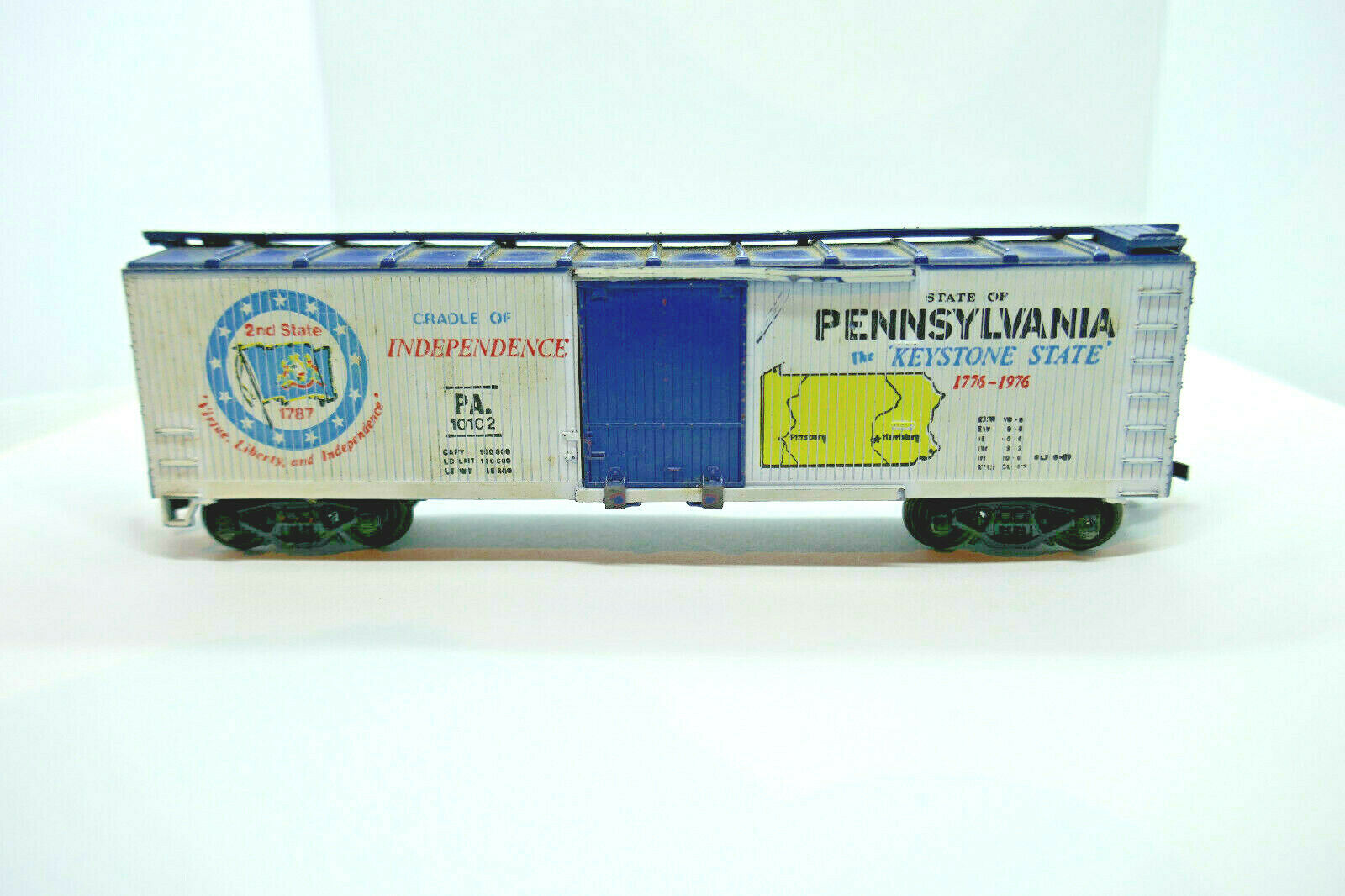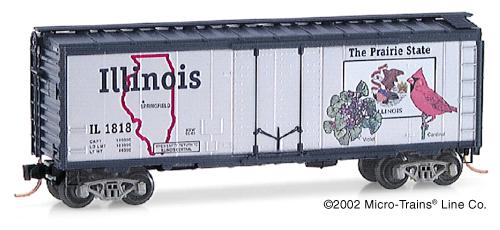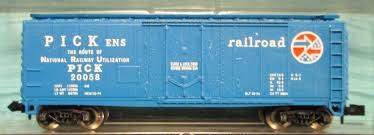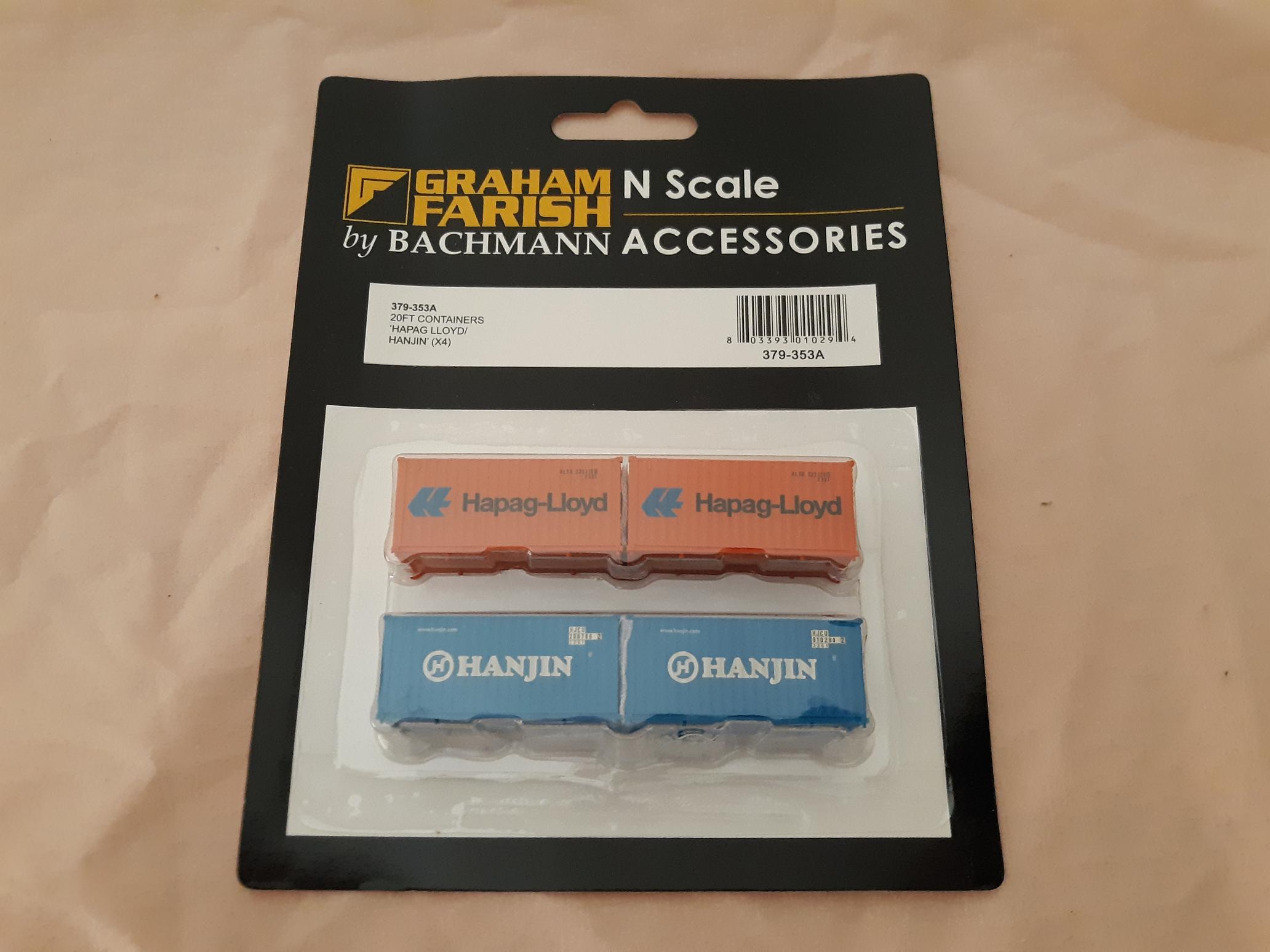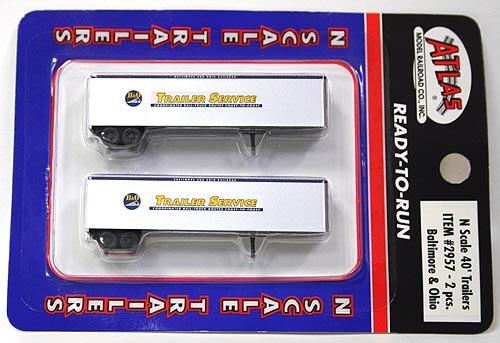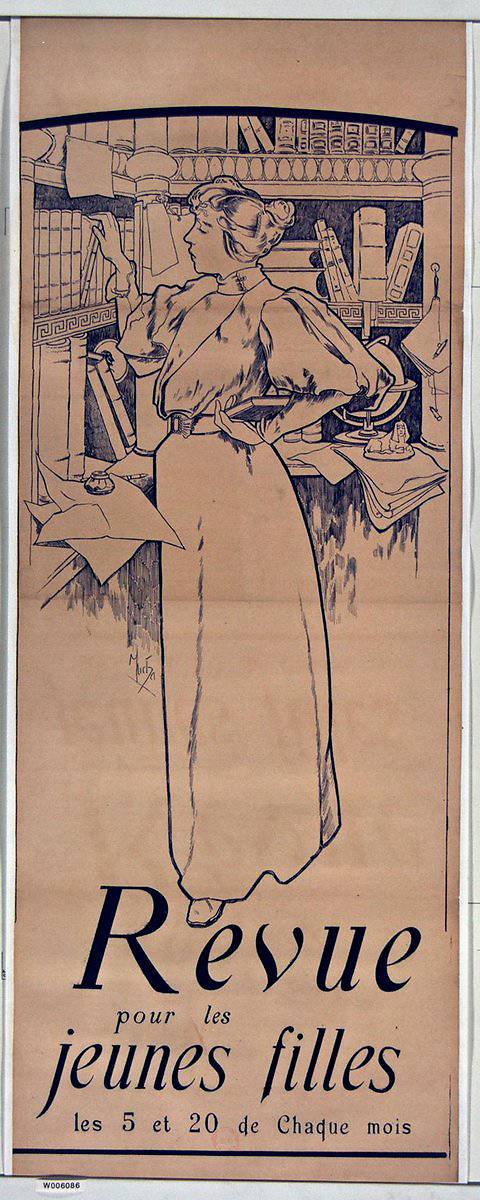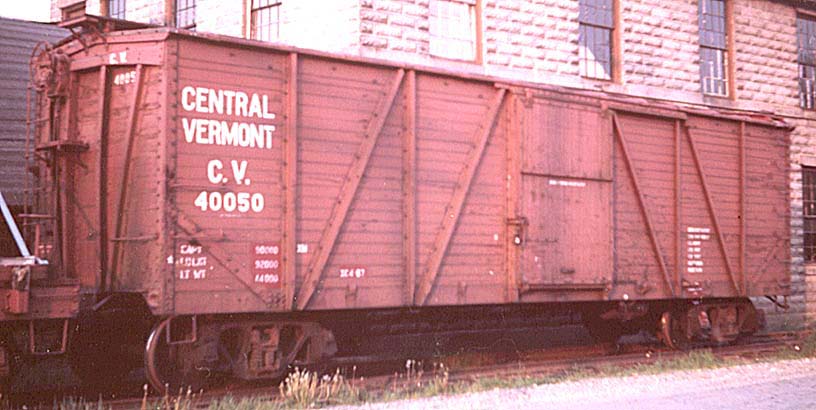Prototype Information: The outside braced single sheathed box car proved to be a significant development in railway freight car technology in North America. Thousands of them saw use on North American railways beginning in the late 19th century through the 1960s. They carried bulk products such as grain and coal. They also carried packaged or bagged lading referred to as clean lading. While most of the outside braced cars were built for general service, some were built specifically to carry machinery and automobiles. For forty years freight trains on the prairies and indeed all across the country consisted of long lines of outside braced boxcars. They could commonly be found at elevators and loading platforms in communities small and large. They dominated railway yard scenes well into the 1940s.
The use of steel for the under frame (center and side sills), side and end frames initiated a new form of railway freight car building technology. Steel center sills and other under sill framing gave the cars the strength necessary to withstand the stress of longer and faster trains as well as the considerable stress involved in the contact necessary to activate closure of the knuckle coupler while being made up into trains in rail yards or from being picked up from local sidings along the line. The steel frame and the single wood side sheath minimized the weight of the car. This type of car design led to easy construction and repair. Its initial construction cost was low. The design provided secure joints between sides, ends and floors which prevented grain leakage.
The use of steel for the under frame (center and side sills), side and end frames initiated a new form of railway freight car building technology. Steel center sills and other under sill framing gave the cars the strength necessary to withstand the stress of longer and faster trains as well as the considerable stress involved in the contact necessary to activate closure of the knuckle coupler while being made up into trains in rail yards or from being picked up from local sidings along the line. The steel frame and the single wood side sheath minimized the weight of the car. This type of car design led to easy construction and repair. Its initial construction cost was low. The design provided secure joints between sides, ends and floors which prevented grain leakage.
Road/Company Information: Love it or hate it-- and there's not been all that much middle ground-- the State Car Special Edition series has been, by far, the most ambitious SE program in the entire history of Micro-Trains Line, going all the way back to 1972. Dwarfing the "Bicentennial" series, a mere fourteen releases produced in 1975 and 1976, this collection of rolling stock honored all fifty United States and also included a pair of FT locomotives and a caboose. Additional "member only" cars from the N Scale Collector's Society made by MTL in the same "look and feel" supplemented the main series; we've got those NSC cars included here as well.
Aided by a substantial marketing push in the second half of 2002, the first car in the group, January 2003's Illinois was a very quick sellout and jumped quickly to a high aftermarket premium. The second and third cars, California and New York, also command significant aftermarket values at times, but the Illinois is the key car in the series. Most of the other regular run cars, though becoming a bit harder to find, sell for a large discount to MSRP if you are patient. The NSC cars sometimes sell for more than MSRP but also sometimes not.
The series went through two catalog number changes in its history. Originally, the catalog numbers were by tens as is the practice for most MTL freight car releases. It was probably noted very quickly that the 21000's would have been almost out of numbers by the time that was completed-- the group would have ended at 21810!-- so a switch to single digit increments began with the South Dakota release, 21371. That would have ended the numbering at 21419, except that the eight digit catalog numbers began in January 2005 with West Virginia, 021 00 386.
From July 2008 through September 2012, Z Scale versions of the State Cars were issued. Please refer to the alphabetical listing here to view the release sequence, which was not the same as with the N Scale releases-- other than the Illinois car which opened the Z Scale series in July 2008. The images below are ordered by the sequence of N Scale releases... sorry, but they were done first! The N Scale Collector's Society issued only one "almost a state" cars in Z Scale, the District of Columbia.
Aided by a substantial marketing push in the second half of 2002, the first car in the group, January 2003's Illinois was a very quick sellout and jumped quickly to a high aftermarket premium. The second and third cars, California and New York, also command significant aftermarket values at times, but the Illinois is the key car in the series. Most of the other regular run cars, though becoming a bit harder to find, sell for a large discount to MSRP if you are patient. The NSC cars sometimes sell for more than MSRP but also sometimes not.
The series went through two catalog number changes in its history. Originally, the catalog numbers were by tens as is the practice for most MTL freight car releases. It was probably noted very quickly that the 21000's would have been almost out of numbers by the time that was completed-- the group would have ended at 21810!-- so a switch to single digit increments began with the South Dakota release, 21371. That would have ended the numbering at 21419, except that the eight digit catalog numbers began in January 2005 with West Virginia, 021 00 386.
From July 2008 through September 2012, Z Scale versions of the State Cars were issued. Please refer to the alphabetical listing here to view the release sequence, which was not the same as with the N Scale releases-- other than the Illinois car which opened the Z Scale series in July 2008. The images below are ordered by the sequence of N Scale releases... sorry, but they were done first! The N Scale Collector's Society issued only one "almost a state" cars in Z Scale, the District of Columbia.
Brand/Importer Information: Wm. K. Walthers, Inc., was founded in Milwaukee in 1932 -- but really, it started years earlier, when seven-year-old Bill Walthers got his first taste of the hobby with a small, wind-up toy train for Christmas. He continued with the hobby and eventually had an attic layout comprised primarily of his own scratch-built creations. After he wrote a series of articles on building train control and signaling systems, he got so many letters from other modelers that he began manufacturing them. The first ad (in the May issue of The Model Maker) offered a 24-page, 15c catalog that listed rail, couplers, and electrical supplies. Sales were over $500.00 for the first year, and the fledgling company was off to a strong start.
In 2005, Walthers purchased Life-Like from Lifoam Industries. With this purchase Walthers acquired the Proto Lines that have become the backbone of their locomotive and rolling stock segments. Today, Walthers continues to expand, improve and develop a wide range of products. Their latest selection can be found throughout Walthers.com and their printed catalogs, along with items from over 300 other manufacturers.
In 2005, Walthers purchased Life-Like from Lifoam Industries. With this purchase Walthers acquired the Proto Lines that have become the backbone of their locomotive and rolling stock segments. Today, Walthers continues to expand, improve and develop a wide range of products. Their latest selection can be found throughout Walthers.com and their printed catalogs, along with items from over 300 other manufacturers.
Manufacturer Information: Wm. K. Walthers, Inc., was founded in Milwaukee in 1932 -- but really, it started years earlier, when seven-year-old Bill Walthers got his first taste of the hobby with a small, wind-up toy train for Christmas. He continued with the hobby and eventually had an attic layout comprised primarily of his own scratch-built creations. After he wrote a series of articles on building train control and signaling systems, he got so many letters from other modelers that he began manufacturing them. The first ad (in the May issue of The Model Maker) offered a 24-page, 15c catalog that listed rail, couplers, and electrical supplies. Sales were over $500.00 for the first year, and the fledgling company was off to a strong start.
In 2005, Walthers purchased Life-Like from Lifoam Industries. With this purchase Walthers acquired the Proto Lines that have become the backbone of their locomotive and rolling stock segments. Today, Walthers continues to expand, improve and develop a wide range of products. Their latest selection can be found throughout Walthers.com and their printed catalogs, along with items from over 300 other manufacturers.
In 2005, Walthers purchased Life-Like from Lifoam Industries. With this purchase Walthers acquired the Proto Lines that have become the backbone of their locomotive and rolling stock segments. Today, Walthers continues to expand, improve and develop a wide range of products. Their latest selection can be found throughout Walthers.com and their printed catalogs, along with items from over 300 other manufacturers.
Item created by: luchestr on 2022-05-23 18:20:32. Last edited by gdm on 2022-05-23 23:49:45
If you see errors or missing data in this entry, please feel free to log in and edit it. Anyone with a Gmail account can log in instantly.
If you see errors or missing data in this entry, please feel free to log in and edit it. Anyone with a Gmail account can log in instantly.


